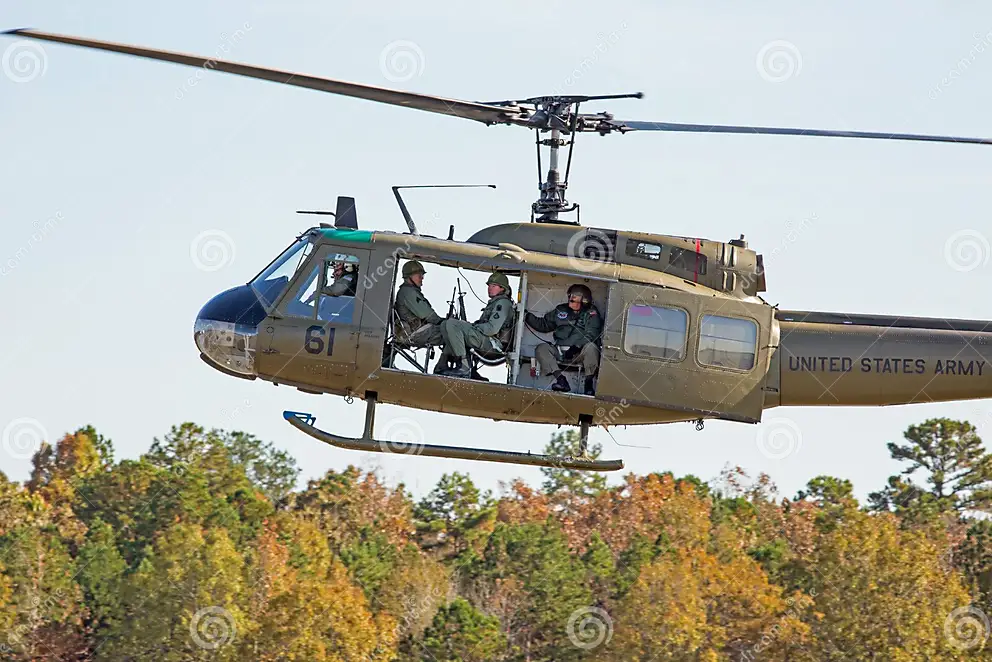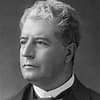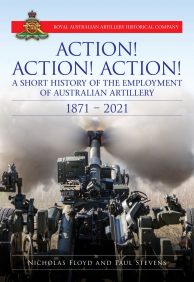
Hueys flew with doors open.
The UH-1 “Iroquois,” commonly known as the Huey, played a crucial role as the primary helicopter utilized by the Army during the Vietnam War. Initially designated as HU-1, its name derived from the phonetic sound of the original designation. The evolution of military helicopters, a technology that began developing during World War II, saw significant progress by the Korean War with models like the OH-13 “Sioux” and the USAF H-19, which served in resupply and medical evacuation roles. Insights gained from the experiences of these early helicopters contributed to the development of the UH-1.
By 1958, the initial shipments of Hueys arrived in Vietnam and were employed by American advisors in medical evacuation missions known as “dustoff.” As the Vietnam War progressed, the Army expanded the helicopter’s role beyond medevac, utilizing it for various operations, including troop and supply transport, as well as direct combat gun support.
The portrayal of Huey helicopters flying with open doors in many Vietnam War films raises the question of whether this was a common practice. According to Patrick Holland, a former US Army officer who flew on UH-1 Hueys, there were several reasons for flying with open doors: the crew chief and gunner needed access to their weapons, loading and unloading in enemy territory was faster, and it served as the only form of air conditioning. He dismisses claims of individuals falling out as exaggerated war stories.
Gordon Wilson, a former US Army Colonel with experience flying aboard UH-1 Hueys in Vietnam, confirms that doors were typically open in the helicopters of the 101st Airborne Division. He acknowledges the possibility of someone falling out but notes that centrifugal force usually kept individuals inside, especially when orbiting tactical situations. Another former crew member, Paul DeNicola, recalls flying with open doors in the Delta, emphasizing that despite slippery conditions, no one slid out.
Jethro D., echoing the sentiment of other crew members, asserts that doors were always open due to the oppressive heat and unpleasant smells inside the Huey. He describes odours ranging from dried blood to unwashed bodies and vomit, emphasizing the necessity of open doors. Ray Mason, recalling his experience as a former UH-1 crew member, mentions that doors were closed at altitudes above 3000 feet to combat the cold. Additionally, he notes that door gunners sometimes wore field jackets for warmth, and the LOH-6 helicopters flew with doors off, not open.




